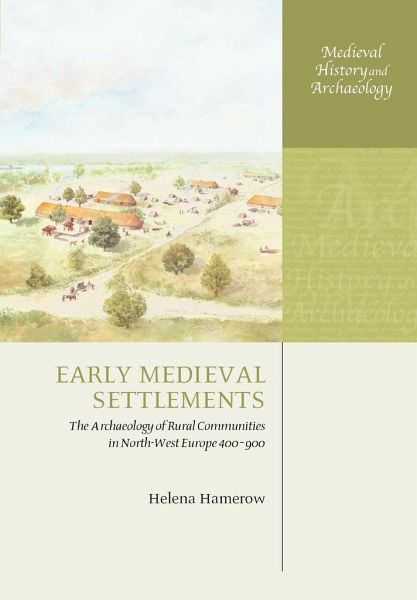
Early Medieval Settlements
The Archaeology of Rural Communities in North-West Europe 400-900
Versandkostenfrei!
Versandfertig in 1-2 Wochen
89,99 €
inkl. MwSt.

PAYBACK Punkte
45 °P sammeln!
A range of archaeological evidence will be presented and interpreted in ways accessible to historians, while providing a historical perspective and context for those studying the material culture of the period.
The excavation of settlements has in recent years transformed our understanding of north-west Europe in the early Middle Ages. We can for the first time begin to answer fundamental questions such as: what did houses look like and how were they furnished? how did villages and individual farmsteads develop? how and when did agrarian production become intensified and how did this affect village communities? what role did craft production and trade play in the rural economy? In a period for which written sources are scarce, archaeology is of central importance in understanding the 'small worlds' of early medieval communities. Helena Hamerow's extensively illustrated and accessible study offers the first overview and synthesis of the large and rapidly growing body of evidence for early medieval settlements in north-west Europe, as well as a consideration of the implications of this evidence for Anglo-Saxon England.




